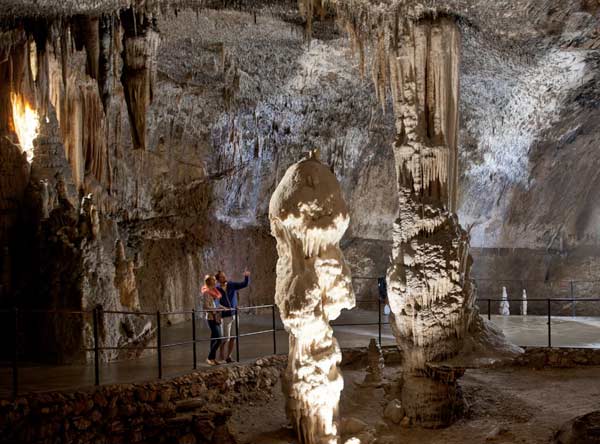Those who have ever been to Slovenia know that in this little and idyllic country it is quality not quantity that counts. A coast proper to Slovenes is not an exception.
Even if Slovenian coast is only about 40 km long, it is a perfect place to go to feel a piece of Mediterranean sunshine. To smell the sea air mixed with the pine resin and to enjoy the shade of olive and fig trees in colourful Italian-style fishing villages. The Slovenian coast that is squashed between Italy and Croatia is at a stone’s throw distance from the nearby big cities of Slovenia and its neighbouring countries. One day or a week, there is an abundance of wonderful things to look out for.
Beautiful and picturesque Venetian cities
The main towns of Slovenian seaside share a medieval core which offers numerous beautiful buildings, squares and churches, easily found in Piran, Izola, and Koper. There is a lot of legends about the ports of those cities or different houses which creates an atmosphere of magic and mysteriousness. The rich cultural heritage can be found in all the cities which are especially vivid in summer and attract many tourists as well as many Slovenes. During a short walk in the centre of those cities one can constantly find the lion with a book either open or closed at the portals of palaces, a Venetian heritage that gives a special flair to those lovely cities. Cobbled and narrow streets give a romantic touch to the medieval hearts of the city centres. Portorož on the other hand is a city reserved for many modern hotels, thermal baths, a casino, posh boutiques, delicious restaurants, a sport airport and a varied offer of summer cultural, entertainment, and sport events. It is also the place for a nightlife entertainment, be it clubbing or gambling. Portorož is a must place to be in summer due to several opportunities for bathing in the sea and lying on the sun in the tourist season. There are infinite possibilities to spend an amazing time and everyone can find something for himself or herself. However, Portorož risks to be overcrowded. To avoid the lack of peaceful moments one can always go find some smaller and more adorable place in Piran, a little city with soul.

Portorož – Picture from the Slovenian Tourism Office http://www.slovenia.info

Piran – Picture from the Slovenian Tourism Office http://www.slovenia.info/
A mysterious nature
If one does not want only to lie in the sun, there is the unique, eighty-meter Strunjan cliff, which is the highest flysch wall on the Adriatic coast. Continuing along the seacoast there is a Sečovlje Salina Nature Park, a natural and cultural heritage where salt is being produced in the traditional and ancient manner. Sečovlje saltworks was first mentioned in the 13th century and is a nice idea for a walk in a special environment, just a step from the sea. The Saltwork Museum offers a view into the lives of the saltworkers. There is also a possibility to learn about the process of salt making that was once a major source of income in the coastal region of Slovenia. Considering the short distances and relatively flat paths exploring the area by bike is a very good idea. Moving a tiny bit from the seaside, there is a mysterious underground world that is breath taking. Some describe the numerous caves of Slovenia as resembling massive, underground cathedrals, something that may remind us of movies of Harry Potter or The Lord Of The Rings.

Postojna Cave – Picture from the Slovenian Tourism Office http://www.slovenia.info
The nearness of a city with the rich heritage of Roman Emona
For the end, Ljubljana is under an hour and a half away from the coast. If one wants to experience the hustle and bustle of the capital of Slovenia, a gorgeous city with a rich cultural life and elegant architecture, an escape to Ljubljana may be a nice idea for a lovely day in the central Slovenia. Last but not least, it should be emphasised that Slovenia is, despite its smallness, an incredible mixture of worlds, shapes, people and habits. Every region is special and hides a breath taking places ready to be discovered. Its coast is, as well, something unique, a place where a lot of charm intertwines with beauty. Maybe this is a sufficient reason for Croatia to fight for Slovenian little peace of heaven.
Katja Ilovar
